Niio Commissions No. 2
Curated by Steven Sacks
For Niio commissions No.2, Steven Sacks, director of bitforms gallery selected a diverse group of new media artists to create video works specifically for the Niio platform. The artists utilized generative systems, animation and 3D rendering to create a variety of aesthetic directions, concepts and dynamic time-based movement. Niio is the premium discovery and display platform for curated video and new media art, experienced across private and public spaces. The curatorial program features limited-edition media art collections from leading archives, galleries and artists.
Contact Art Advisor
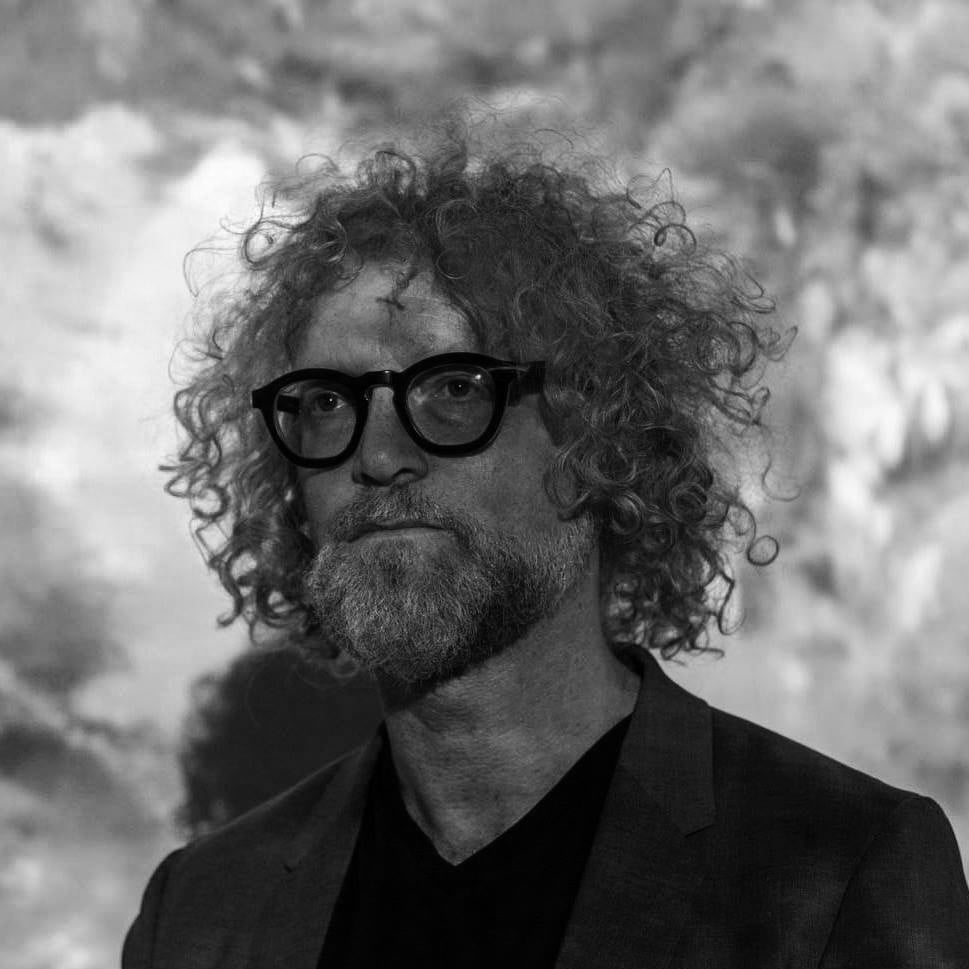
Steven Sacks
Founder/Director bitforms gallery
Steven Sacks is the founder and director of bitforms gallery, considered one of the leading galleries in the world focusing on new media. Founded in 2001, the gallery represents established, mid-career, and emerging artists critically engaged with new technologies. Spanning the rich history of media art through its current developments, the gallery’s program offers an incisive perspective on the fields of digital, internet, time-based, and new media art forms. Supporting and advocating for the collection of ephemeral, time-based, and digital art works since its founding, bitforms gallery artists are in the collections of the Museum of Modern Art, New York; Tate Modern, London; the Solomon R. Guggenheim Museum, New York; the Smithsonian American Art Museum, Washington, D.C.; the National Portrait Gallery, Washington, D.C.; Center for Art and Media (ZKM), Karlsruhe; Centre Pompidou, Paris; Victoria and Albert Museum, London; Stedelijk Museum, Amsterdam; and Borusan Contemporary, Istanbul, among other institutions internationally.
Claudia Hart
StillLife - 1.1
StillLife – 1.1 was inspired by the Henri Matisse Red Interior, Still-life on Blue Table from 1947. It uses a mathematical simulation for generation to grow the flowers based on fractal geometry. The flowers were set to grow half way through the 5 minute animation. There is no “death” function in simulations softwares, so instead, I inverted the growth function which caused the flowers in the still life to glitch, break up, and ultimately disappear, a digital version of “death.” Instead of painting decorative patterns on the elements like Matisse did, I chose colors, and programmed a procedural pattern that would randomly evolve over the five minutes of the work.
Claudia Hart
StillLife - 1.2
StillLife – 1.2 was inspired by the canonical Henri Matisse Painting, The Blue Window from 1913. Like all of the work in this still-life series, it uses a mathematical simulation to generate a representational image, somewhere between a painting, a photo and a sculpture. In this work, I tried to navigate the problem of interpreting the 19th century concept of a painting as reflecting the “flatness” of a canvas and the flat but fluid paint that sits upon it, but interpreted in a 21st-century 3D space. In the 21st-century simulations softwares, space is “x,y,z,” a Cartesian mathematical construction used by computers to generate the illusion of depth. The 21st century metaphor of a gridded “matrix” is a powerful one, and The Matrix, the 1999 film by the the Wachowskis Brothers is a symbol of our time. In my still-life work, I am trying to express that perceptual change from the point of view of artist living in the now but feeling herself to be part of a continuity – the great tradition of 21st century painting.
Claudia Hart
StillLife - 1.3
StillLife – 1.3 was inspired by the Vincent Van Gogh sunflower still lives and his fields of wheat, all painted from 1888-1889. Like all of the works in my still life series, it also uses a mathematical simulation for generation to grow the flowers based on fractal geometry. The flowers were set to grow half way through a 5-minute animation that I later slowed to 10, because it “felt” wrong. My approach to mathematics is as intuitive and expressive as the School of the Paris painters. I use algorithms and rules to set up structures, then break all of my rules until it has an emotional expressiveness that mirrors my own inner life.
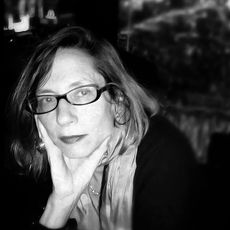
Claudia Hart
Artist
Clement Valla
Mamaroneck, Dragged over a Gneiss Outcropping #1A
In China, Scholar’s Rocks are prized objects because they embody the dynamic transformational processes of nature. These processes operate at such a vast timescale that they are otherwise imperceptible to humans.
In these videos, two inverse directions in 3d imaging are collapsed into a single model: simulation (the copy without an original) versus scans (the copy from the material world). The result creates new and different sorts of spatial vision.
The video contains a 3d scan of rock outcropping, a heavy, stable and solid material form. A simulated cloth, light and pliant, glides over the scanned rocky landscape and conforming to and softly hugging it. The simulated cloth becomes a picture surface, like a sensitized photo film warped in three dimensions.
The resulting image warps our sense of space and time. A solid rock formation becomes unstable, liquid, ephemeral, as a result of the simulated flexible picture plane.
Clement Valla
Making Mamaroneck, Gneiss Outcropping #1B
In this video, two inverse directions in 3d imaging are collapsed into a single model: simulation (the copy without an original) versus scans (the copy from the material world). The result creates new and different sorts of spatial vision.
The video contains a 3d scan of rock outcropping, a heavy, stable and solid material form. A simulated cloth, light and pliant, glides over the scanned rocky landscape and conforming to and softly hugging it.
Computer graphics and simulation have traditionally had the inverse relationship to the material world that photography does: in architecture for example, the computer model precedes reality. The arrow points from within the computer out to the final material form. The advent of 3d scanning and photogrammetry reverses this arrow; the material world is internalized into a computer model.
Having both simulation and scan occupy the same space results in uncanny and unstable images. What is real and what is simulated? What is the difference?
The computer model imaged here also serves to produce a completely different kind of representation. In that sense, this is a “making of” for its companion video, ‘Mamaroneck, Dragged over Gneiss Outcropping #1A’. The simulated cloth becomes a picture surface, like a sensitized photo film warped in three dimensions.
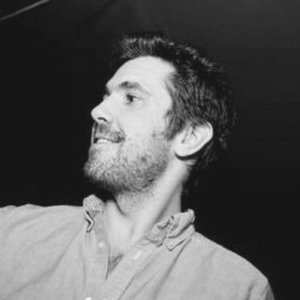
Clement Valla
Artist
Clement Valla is a New York based artist whose work considers the way computer vision systems apprehend the world, and the way in which automated image production entangles people and things in increasingly complex ways.
Refik Anadol
Melting Memories - Engram - A
Refik Anadol’s latest project on the materiality of remembering. Melting Memories offered new insights into the representational possibilities emerging from the intersection of advanced technology and contemporary art. By showcasing several interdisciplinary projects that translate the elusive process of memory retrieval into data collections, the exhibition immersed visitors in Anadol’s creative vision of “recollection.” “Science states meanings; art expresses them,” writes American philosopher John Dewey and draws a curious distinction between what he sees as the principal modes of communication in both disciplines. In Melting Memories, Refik Anadol’s expressive statements provide the viewer with revealing and contemplative artworks that will generate responses to Dewey’s thesis. Comprising data paintings, augmented data sculptures and light projections, the project as a whole debuts new advances in technology that enable visitors to experience aesthetic interpretations of motor movements inside a human brain. Each work grows out of the artist’s impressive experiments with the advanced technology tools provided by the Neuroscape Laboratory at the University of California, San Francisco. Neuroscape is a neuroscience center focusing on technology creation and scientific research on brain function of both healthy and impaired individuals.
Refik Anadol
Melting Memories - Engram - B
Refik Anadol’s latest project on the materiality of remembering. Melting Memories offered new insights into the representational possibilities emerging from the intersection of advanced technology and contemporary art. By showcasing several interdisciplinary projects that translate the elusive process of memory retrieval into data collections, the exhibition immersed visitors in Anadol’s creative vision of “recollection.” “Science states meanings; art expresses them,” writes American philosopher John Dewey and draws a curious distinction between what he sees as the principal modes of communication in both disciplines. In Melting Memories, Refik Anadol’s expressive statements provide the viewer with revealing and contemplative artworks that will generate responses to Dewey’s thesis. Comprising data paintings, augmented data sculptures and light projections, the project as a whole debuts new advances in technology that enable visitors to experience aesthetic interpretations of motor movements inside a human brain. Each work grows out of the artist’s impressive experiments with the advanced technology tools provided by the Neuroscape Laboratory at the University of California, San Francisco. Neuroscape is a neuroscience center focusing on technology creation and scientific research on brain function of both healthy and impaired individuals.
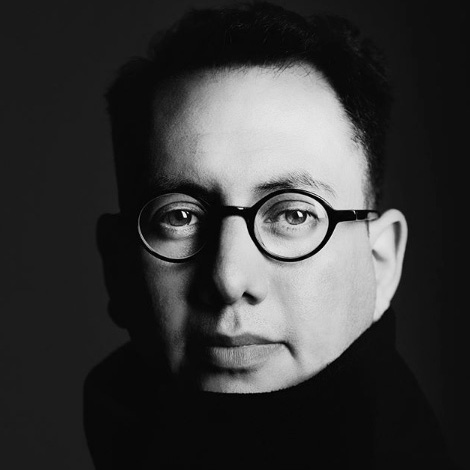
Refik Anadol
Artist
Refik Anadol is a media artist and director born in Istanbul, Turkey in 1985. Currently lives and works in Los Angeles, California. He is a lecturer and visiting researcher in UCLA’s Department of Design Media Arts. He is working in the fields of site-specific public art with parametric data sculpture approach and live audio/visual performance with immersive installation approach, particularly his works explore the space among digital and physical entities by creating a hybrid relationship between architecture and media arts.
Alex McLeod
Walking Seasons
Alex McLeod
The Same Place
A landscape is viewed from a birds eye, as the animation plays similarities begin to appear suggesting a loop, but something is different.
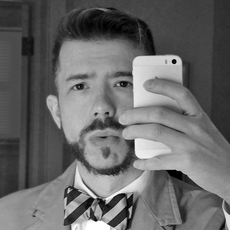
Alex McLeod
Artist
McLeod (1984) is an artist concerned with simulation and the transition of matter.
McLeod draws on a multifaceted background in advertising, communications and rapid prototyping that combine to facilitate his innovative practice. Having completed a BFA from Ontario College of Art and Design, McLeod is currently attending Digital Media at Ryerson University. McLeod’s practice is at the cusp of intersecting new technologies. Borrowing from the media and mechanisms of social networking McLeod creates technically sophisticated 3D environments, that are as much backdrops for advertising campaigns, as they might be the cinematic narrative for a new music video. Such uncertainty allows his works to exist as animated allegories.
Jonathan Monaghan
Starship Baroque |
Starship Baroque is a series of portraits of strange spacecraft-like creatures. The forms operate on a liminal space between the organic and artificial as baroque architecture flows gracefully though the sky like a piece of fabric. Combined with surveillance equipment and ambiguous technological contraptions, the forms defy classification.
Jonathan Monaghan
Starship Baroque II
Starship Baroque is a series of portraits of strange spacecraft-like creatures. The forms operate on a liminal space between the organic and artificial as baroque architecture flows gracefully though the sky like a piece of fabric. Combined with surveillance equipment and ambiguous technological contraptions, the forms defy classification.
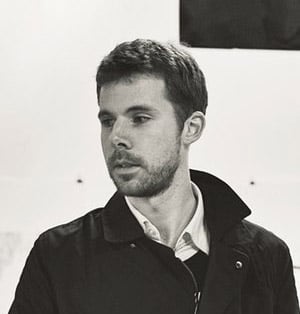
Jonathan Monaghan
Artist
Jonathan Monaghan works across print, sculpture, and video installation. His work challenges the boundaries between the real, the imagined, and virtual. Drawing on a wide range of sources, from science fiction to Baroque architecture, he creates bizarre, yet compelling narratives and imagery with the same high-end technology used in Hollywood or by video game designers. His work has been exhibited internationally, including solo exhibitions at bitforms gallery in New York, Spazio Ridotto in Venice, and Market Gallery in Glasgow. Group exhibitions include New Frontiers at the Sundance Film Festival, The Minneapolis Institute of Art, and Postmasters Gallery.
Siebren Versteeg
After Indifference
Siebren Versteeg’s works exemplify a continued exploration of the intersections between code (Langue) and abstraction. Here, algorithms are set loose to paint continuous yet indeterminate compositions in real-time. The meditative results confront their viewer with a kind of digital sublime where process supersedes resolution, and all is subject to the winds of change. Despite their embrace of continuous flux however, the meticulous rendering of the painterly that is at the heart of these algorithms imbue them with a reverent nod to the complex and often debated history of the viscous medium, asking us again to consider the notion of what a painting might and might not even be. After Indifference renders a continuous abstraction made with small brushes of varying personality and intention. In this work, the additive process of mark making builds ad infinitum, resolving only at the point when the video loops.
Siebren Versteeg
Surround
Siebren Versteeg’s works exemplify a continued exploration of the intersections between code (Langue) and abstraction. Here, algorithms are set loose to paint continuous yet indeterminate compositions in real-time. The meditative results confront their viewer with a kind of digital sublime where process supersedes resolution, and all is subject to the winds of change. Despite their embrace of continuous flux however, the meticulous rendering of the painterly that is at the heart of these algorithms imbue them with a reverent nod to the complex and often debated history of the viscous medium, asking us again to consider the notion of what a painting might and might not even be.
In homage to the classic Atari video game, Surround depicts a series of compositions created by two simultaneously painting algorithms, each represented by complimentary colors. As various interplays between the brushes unfold, palettes blend and interact; expressing the notion of a dialectical relationship that is evolutionary yet seemingly unresolveable.
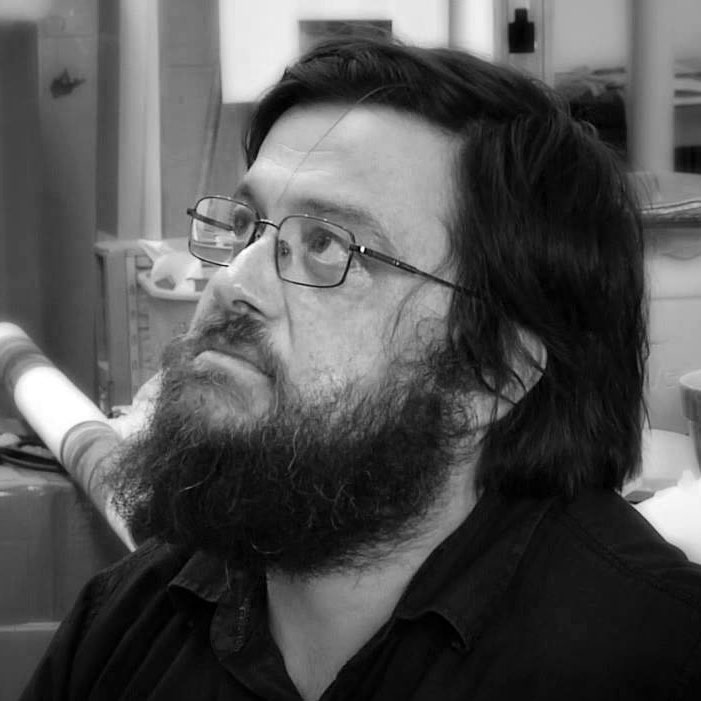
Siebren Versteeg
Artist
Versteeg was born in 1971 in New Haven, Connecticut and currently lives and works in New York. He received his B.A. from the Art Institute of Chicago and his M.F.A. from University of Illinois at Chicago.
Versteeg’s practice critically engages the systems used for disseminating images in our culture, as well as with the technology used to create them. He mines the digital realm for content and manipulates algorithms to create artworks that balance choice and chance.